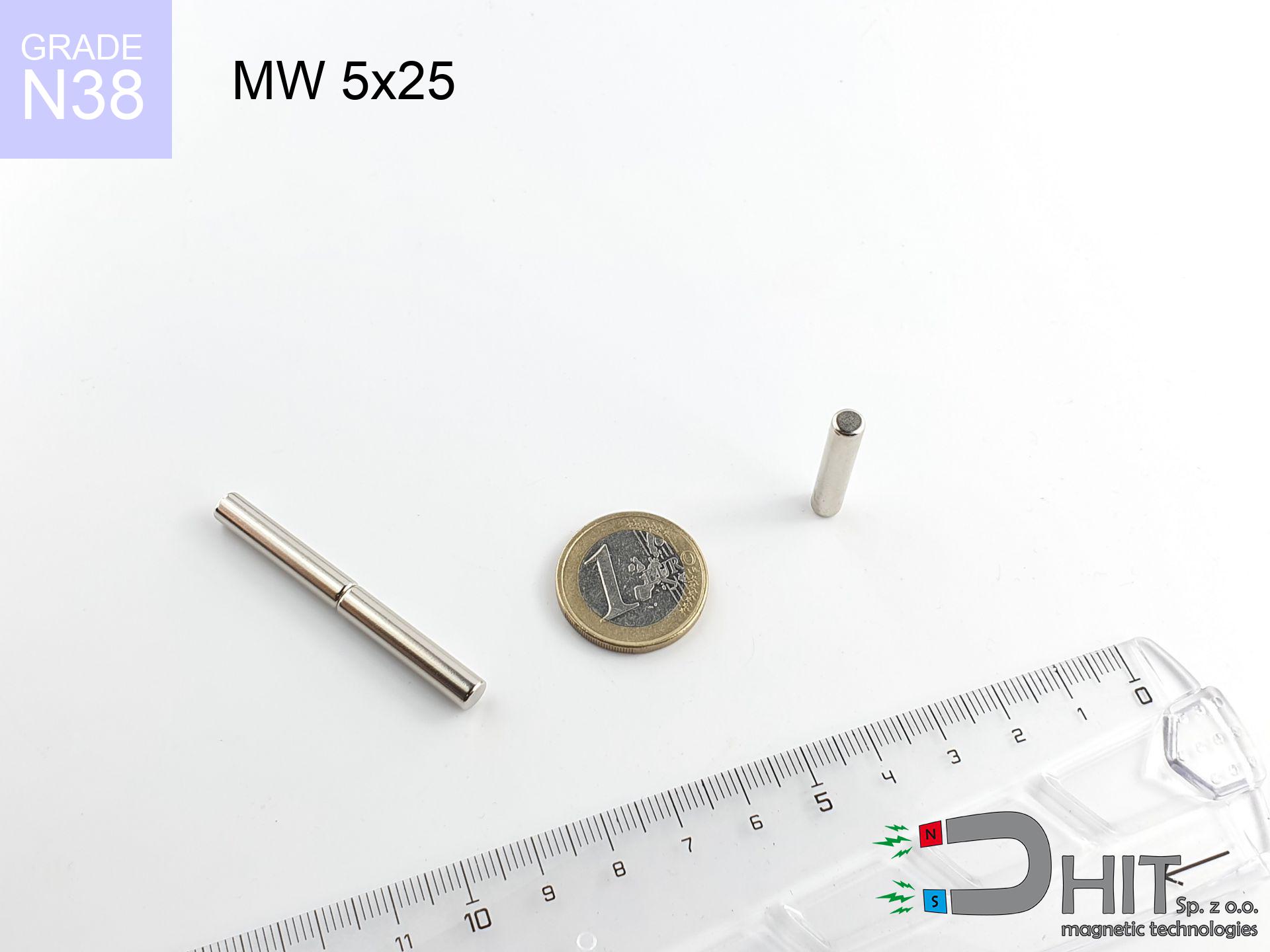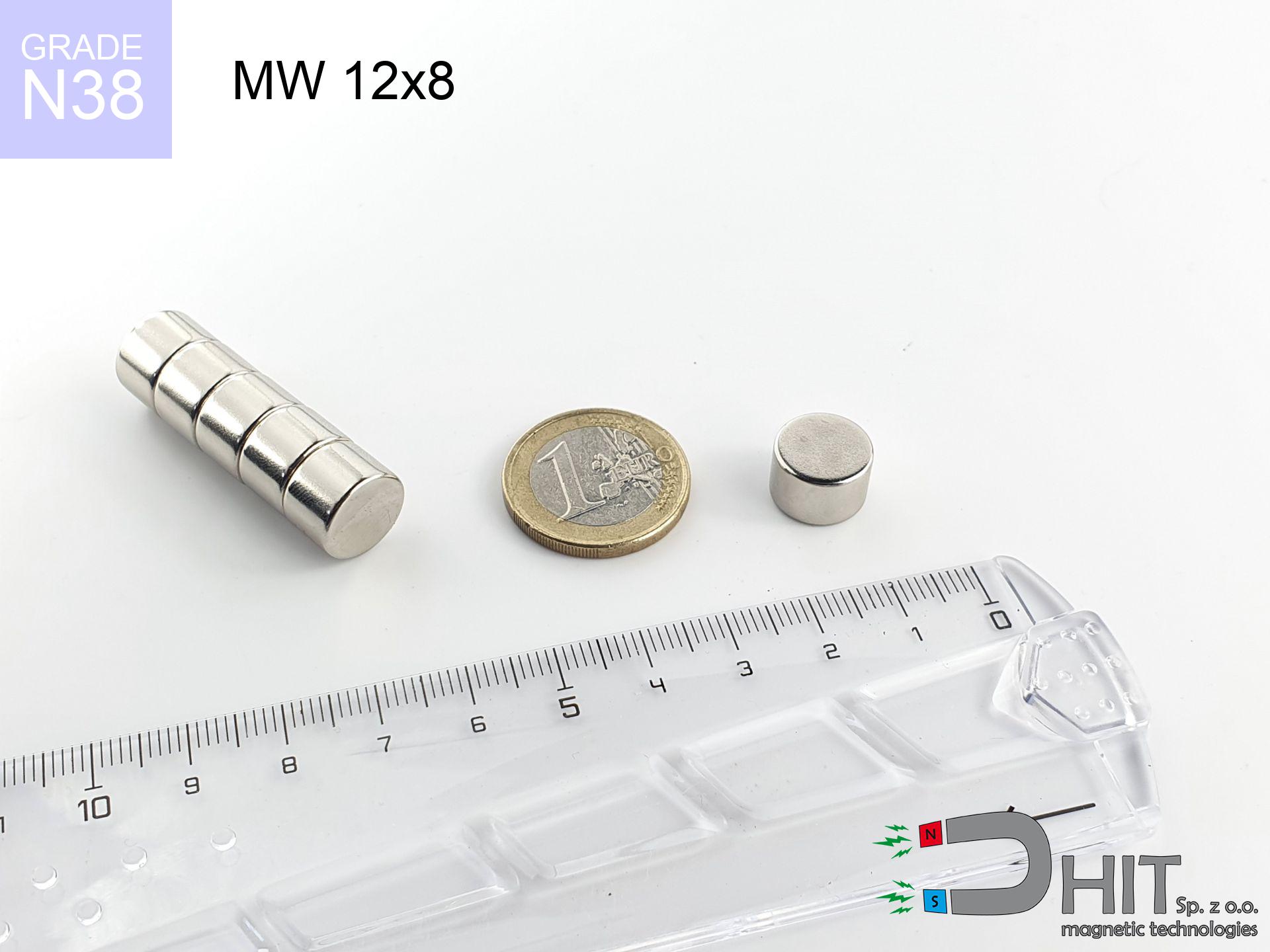UMH 75x18x68 [M8] / N38 - magnetic holder with hook
magnetic holder with hook
Catalog no 310432
GTIN/EAN: 5906301814610
Diameter Ø
75 mm [±1 mm]
Height
68 mm [±1 mm]
Height
18 mm [±1 mm]
Weight
625 g
Magnetization Direction
↑ axial
Load capacity
162.00 kg / 1588.68 N
Coating
[NiCuNi] Nickel
202.95 ZŁ with VAT / pcs + price for transport
165.00 ZŁ net + 23% VAT / pcs
bulk discounts:
Need more?
Call us
+48 22 499 98 98
alternatively send us a note by means of
contact form
the contact page.
Weight and form of magnets can be calculated using our
online calculation tool.
Same-day processing for orders placed before 14:00.
Technical parameters - UMH 75x18x68 [M8] / N38 - magnetic holder with hook
Specification / characteristics - UMH 75x18x68 [M8] / N38 - magnetic holder with hook
| properties | values |
|---|---|
| Cat. no. | 310432 |
| GTIN/EAN | 5906301814610 |
| Production/Distribution | Dhit sp. z o.o. |
| Country of origin | Poland / China / Germany |
| Customs code | 85059029 |
| Diameter Ø | 75 mm [±1 mm] |
| Height | 68 mm [±1 mm] |
| Height | 18 mm [±1 mm] |
| Weight | 625 g |
| Magnetization Direction | ↑ axial |
| Load capacity ~ ? | 162.00 kg / 1588.68 N |
| Coating | [NiCuNi] Nickel |
| Manufacturing Tolerance | ±1 mm |
Magnetic properties of material N38
| properties | values | units |
|---|---|---|
| remenance Br [min. - max.] ? | 12.2-12.6 | kGs |
| remenance Br [min. - max.] ? | 1220-1260 | mT |
| coercivity bHc ? | 10.8-11.5 | kOe |
| coercivity bHc ? | 860-915 | kA/m |
| actual internal force iHc | ≥ 12 | kOe |
| actual internal force iHc | ≥ 955 | kA/m |
| energy density [min. - max.] ? | 36-38 | BH max MGOe |
| energy density [min. - max.] ? | 287-303 | BH max KJ/m |
| max. temperature ? | ≤ 80 | °C |
Physical properties of sintered neodymium magnets Nd2Fe14B at 20°C
| properties | values | units |
|---|---|---|
| Vickers hardness | ≥550 | Hv |
| Density | ≥7.4 | g/cm3 |
| Curie Temperature TC | 312 - 380 | °C |
| Curie Temperature TF | 593 - 716 | °F |
| Specific resistance | 150 | μΩ⋅cm |
| Bending strength | 250 | MPa |
| Compressive strength | 1000~1100 | MPa |
| Thermal expansion parallel (∥) to orientation (M) | (3-4) x 10-6 | °C-1 |
| Thermal expansion perpendicular (⊥) to orientation (M) | -(1-3) x 10-6 | °C-1 |
| Young's modulus | 1.7 x 104 | kg/mm² |
Material specification
| iron (Fe) | 64% – 68% |
| neodymium (Nd) | 29% – 32% |
| boron (B) | 1.1% – 1.2% |
| dysprosium (Dy) | 0.5% – 2.0% |
| coating (Ni-Cu-Ni) | < 0.05% |
Sustainability
| recyclability (EoL) | 100% |
| recycled raw materials | ~10% (pre-cons) |
| carbon footprint | low / zredukowany |
| waste code (EWC) | 16 02 16 |
Check out more deals
Advantages as well as disadvantages of Nd2Fe14B magnets.
Strengths
- They do not lose magnetism, even after nearly 10 years – the drop in lifting capacity is only ~1% (theoretically),
- They maintain their magnetic properties even under external field action,
- The use of an metallic layer of noble metals (nickel, gold, silver) causes the element to have aesthetics,
- Magnetic induction on the surface of the magnet is exceptional,
- Made from properly selected components, these magnets show impressive resistance to high heat, enabling them to function (depending on their form) at temperatures up to 230°C and above...
- Possibility of precise modeling and adjusting to complex needs,
- Wide application in modern technologies – they are commonly used in magnetic memories, drive modules, medical equipment, as well as complex engineering applications.
- Compactness – despite small sizes they provide effective action, making them ideal for precision applications
Cons
- They are fragile upon heavy impacts. To avoid cracks, it is worth securing magnets in a protective case. Such protection not only shields the magnet but also improves its resistance to damage
- When exposed to high temperature, neodymium magnets experience a drop in power. Often, when the temperature exceeds 80°C, their power decreases (depending on the size and shape of the magnet). For those who need magnets for extreme conditions, we offer [AH] versions withstanding up to 230°C
- They rust in a humid environment - during use outdoors we suggest using waterproof magnets e.g. in rubber, plastic
- Limited ability of producing threads in the magnet and complex shapes - preferred is cover - mounting mechanism.
- Health risk related to microscopic parts of magnets can be dangerous, when accidentally swallowed, which is particularly important in the context of child safety. Furthermore, small components of these magnets can disrupt the diagnostic process medical when they are in the body.
- Higher cost of purchase is one of the disadvantages compared to ceramic magnets, especially in budget applications
Pull force analysis
Magnetic strength at its maximum – what it depends on?
- using a plate made of high-permeability steel, serving as a circuit closing element
- whose thickness is min. 10 mm
- with an ideally smooth touching surface
- with direct contact (no paint)
- for force acting at a right angle (pull-off, not shear)
- at conditions approx. 20°C
What influences lifting capacity in practice
- Clearance – the presence of foreign body (paint, tape, air) acts as an insulator, which lowers capacity steeply (even by 50% at 0.5 mm).
- Angle of force application – maximum parameter is obtained only during perpendicular pulling. The shear force of the magnet along the surface is usually many times lower (approx. 1/5 of the lifting capacity).
- Metal thickness – thin material does not allow full use of the magnet. Part of the magnetic field penetrates through instead of generating force.
- Chemical composition of the base – low-carbon steel gives the best results. Alloy admixtures reduce magnetic permeability and holding force.
- Plate texture – ground elements guarantee perfect abutment, which increases force. Uneven metal weaken the grip.
- Operating temperature – neodymium magnets have a negative temperature coefficient. When it is hot they are weaker, and in frost gain strength (up to a certain limit).
Holding force was measured on the plate surface of 20 mm thickness, when a perpendicular force was applied, however under shearing force the load capacity is reduced by as much as fivefold. In addition, even a minimal clearance between the magnet’s surface and the plate reduces the holding force.
Precautions when working with neodymium magnets
Magnet fragility
Despite metallic appearance, the material is brittle and not impact-resistant. Do not hit, as the magnet may crumble into hazardous fragments.
Medical interference
For implant holders: Powerful magnets disrupt electronics. Maintain at least 30 cm distance or ask another person to handle the magnets.
Allergy Warning
Medical facts indicate that nickel (standard magnet coating) is a potent allergen. If you have an allergy, prevent direct skin contact and opt for encased magnets.
Crushing force
Large magnets can smash fingers in a fraction of a second. Under no circumstances put your hand betwixt two strong magnets.
Threat to navigation
Remember: neodymium magnets generate a field that confuses sensitive sensors. Keep a separation from your mobile, tablet, and navigation systems.
Do not drill into magnets
Mechanical processing of neodymium magnets carries a risk of fire risk. Magnetic powder reacts violently with oxygen and is difficult to extinguish.
Choking Hazard
Product intended for adults. Tiny parts can be swallowed, causing serious injuries. Store out of reach of kids and pets.
Handling rules
Before use, check safety instructions. Uncontrolled attraction can destroy the magnet or injure your hand. Think ahead.
Demagnetization risk
Monitor thermal conditions. Exposing the magnet above 80 degrees Celsius will destroy its magnetic structure and pulling force.
Magnetic media
Very strong magnetic fields can destroy records on payment cards, HDDs, and storage devices. Stay away of at least 10 cm.

![Magnet with hook UMH 75x18x68 [M8] / N38 Magnet with hook UMH 75x18x68 [M8] / N38](https://cdn3.dhit.pl/graphics/banners/magnet.webp)
![UMH 75x18x68 [M8] / N38 - magnetic holder with hook](https://cdn3.dhit.pl/graphics/products/umh-75x18x68-m8-wag.jpg)
![UMH 75x18x68 [M8] / N38 - magnetic holder with hook - ujęcie 2](https://cdn3.dhit.pl/graphics/products/umh-75x18x68-m8-jow.jpg)





